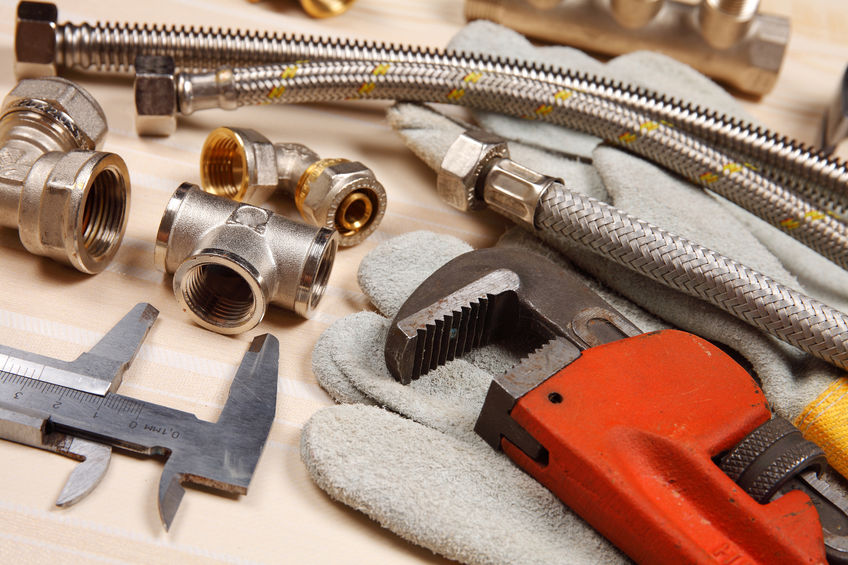The rate of urgent repair or replacement of damaged sewer lines is constantly increasing worldwide. In some cases, works are completely abandoned or postponed due to the inconvenient positioning the of sewer lines which makes them difficult to be accessed. This, unfortunately, does not solve the problem. However, there is a modern method that is very convenient considering that it does not involve digging, which can be safely used to solve these problems in a sustainable way – or at least fix the most important damage.
It is expected that the number of sewer lines that need to be replaced will increase and reach the point where they cannot be replaced in the right time, which will lead to the interruption of those networks. In the case of pipes that need rehabilitation, the question is always asked whether repair, renovation or complete replacement of the pipe in question is needed. Replacement is necessary when, from a technical or economic point of view, a repair is not efficient, if the hydraulic capacity is exceeded and the pipe must be replaced with a larger diameter, if the repair or renovation is not expected to have lasting effects and when a long lifespan of the sewer line is the ultimate goal.
Traditional sewer line repair involves open excavations, being therefore related to road traffic limitations and diversions, noise pollution and ecological degradation due to surface excavations, danger of damage to other underground utilities, negative influence on groundwater and soil, storage, transport and disposal. Excavated and filling soil, long working times and the very high costs that all this entails are some of the most significant inconveniences. All of these can be significantly reduced by using the modern trenchless sewer line method.
The installation and rehabilitation of underground lines for public utilities such as water, sewerage, fiber optics, and gas creates construction sites that disrupt and hinder traffic, especially in agglomerated urban areas. To avoid all these blockages, trenchless repair technologies can be used, which allow public works to be carried out without excavation and all the inconveniences related to it. Trenchless technologies are the optimal solution for crossing roads and other transport corridors, as well as rivers and waterways.
Trenchless line repair methods can also be used to install, rehabilitate and replace underground utilities located in ecologically sensitive areas and locations where access is limited due to the existence of construction and vegetation structures. In most cases, trenchless technologies are the only viable ones for construction, and they are also the least expensive and least disruptive.
The price of repair investment is considerable reduced if you use trenchless technology, not to mention that the line will get an estimated lifespan of 50 years.

Trenchless sewer line repair is also possible for indoor pipes. Thus, expert plumbing company specialists can achieve:
- Linear repair (rehabilitation of the sewer line between two areas or stopping water leaks)
- Sectional repair (rehabilitation of cracks and holes in the pipe wall, rehabilitation of pipe elbows, rehabilitation of cracks between two connections)


